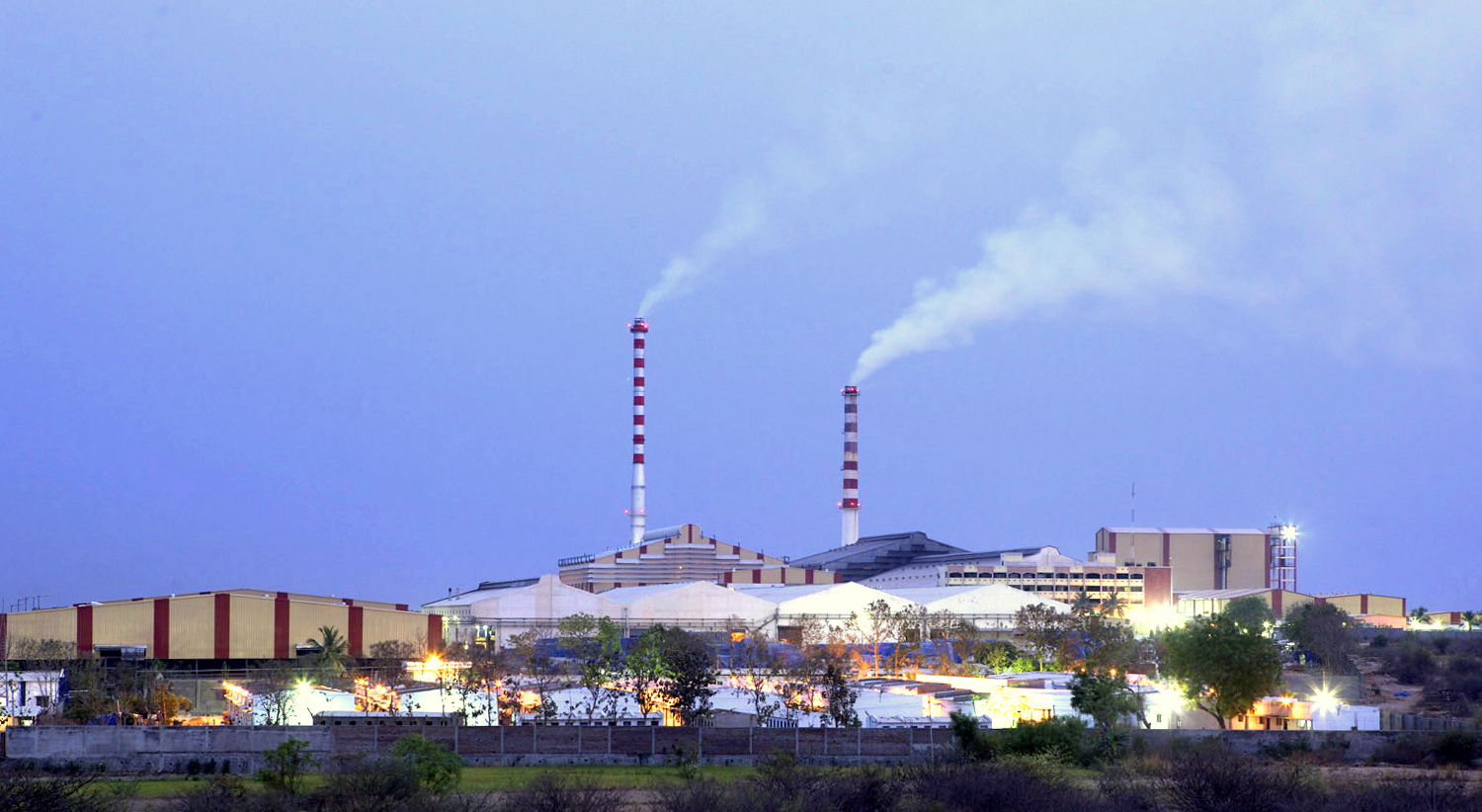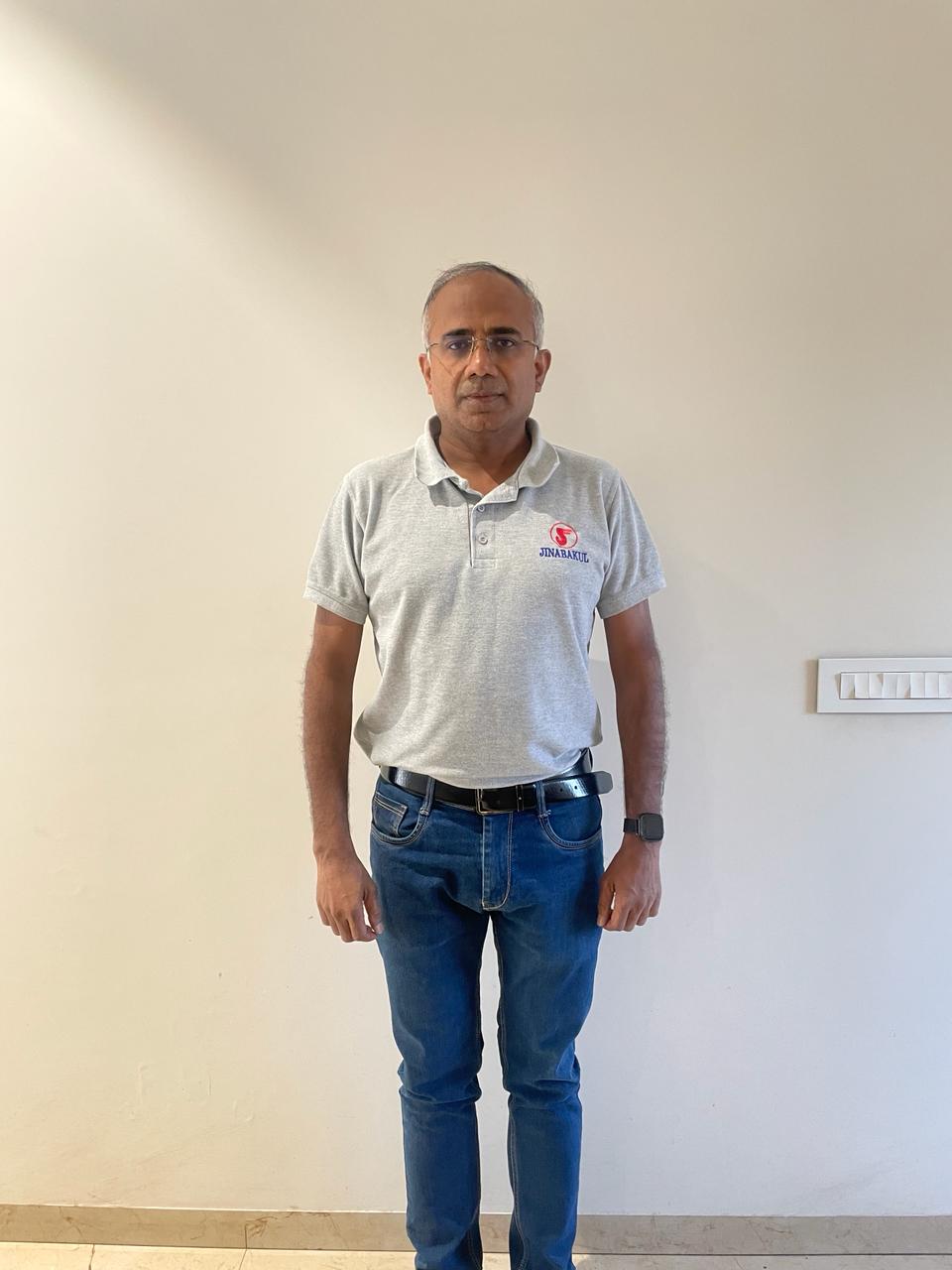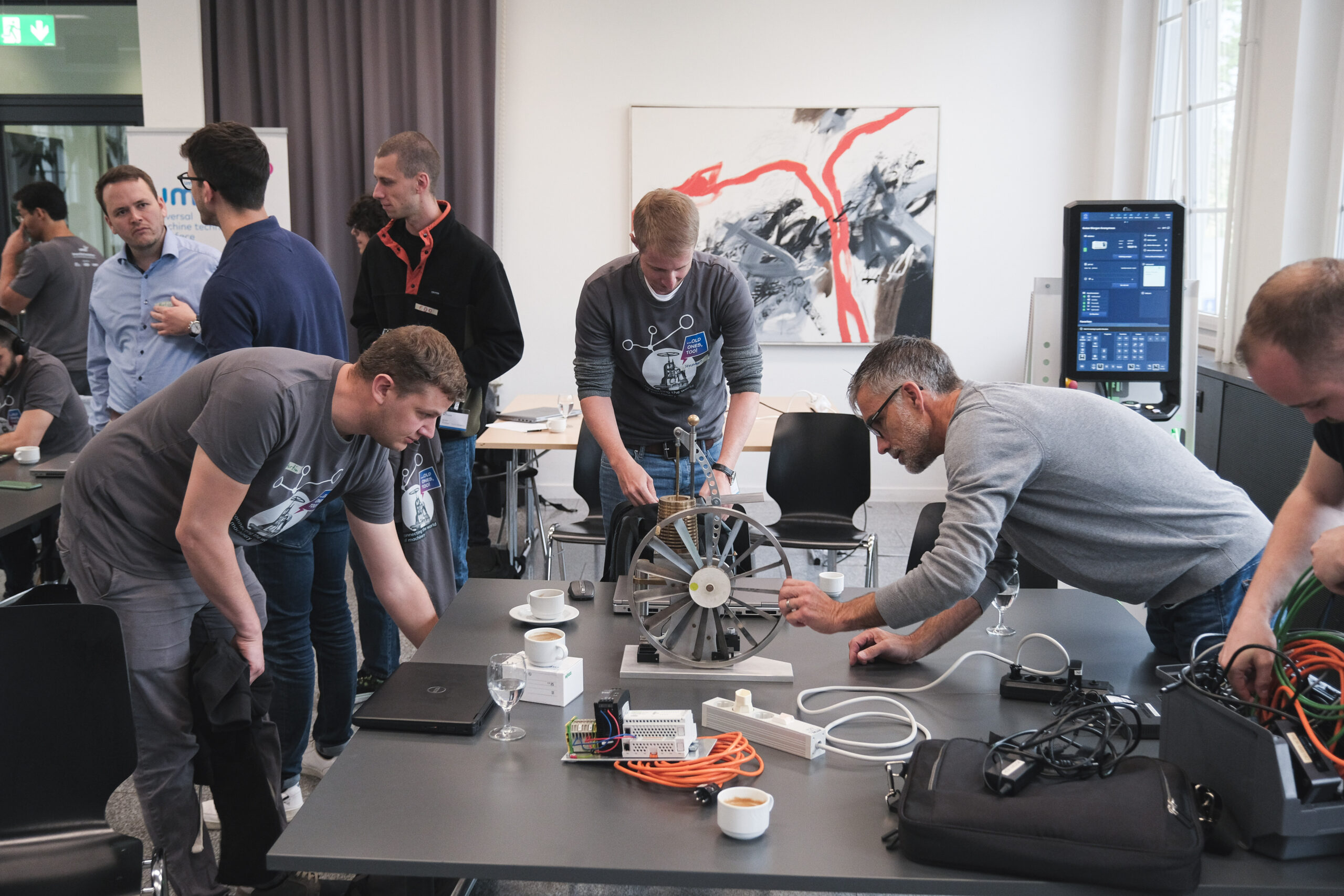Vaccine Packaging Glass Vial Demand will Grow

The COVID-19 vaccination drive will boost the demand for glass vials.
India initiated one of the most ambitious and complicated national campaigns in its history on 16 January 2021: the rollout of COVID-19 vaccines to 1.3 billion people. . Once the vaccine was made available to the common people, the question of whether the packaging supply chain was ready arose,
The most common material used for vaccine packaging is borosilicate, and it has been in use for over a century. Around 50 billion borosilicate glass containers for a wide range of vaccines and treatments are produced annually worldwide. Product demand is growing rapidly, mainly because of its inert properties, which other traditional materials are unable to deliver. The demand for pharmaceutical vials will grow to USD 16.74 billion by 2027at a rate of 5.20 per cent for the forecast period from 2020 to 2027. The preference for glass as a material for pharmaceutical packaging items is largely due to the implementation of strict regulations to improve the consistency and integrity of domestically produced drugs. The market for pharmaceutical glass vials comes mainly from heavily populated nations due to the increasing pharmaceutical development in these countries. A large number of glass vials is made from borosilicate glass content across the globe. Growth in vials is expected to be driven by the rising complexity of drugs and increasing diseases, such as diabetes, driven primarily by increased demand from emerging markets such as China and India. Around 422 million people have diabetes, according to the World Health Organisation (WHO).

The global market for pharmaceutical vials can be categorised based on product type, material and volume. The market is sectorised into self-standing and round-bottom products depending on the product form. Based on the volume, the demand for pharmaceutical vials is split into 0-1 ml, 1-10 ml, 10-50 ml and 50-100 ml. The global chromatography accessory, as well as the packaging markets, are fuelling high demand for vials. The market for vials is largely driven by the demand for chromatography processes in various sectors, including biotechnology, life sciences, chemicals, food and beverages, pesticides and insecticides. The market for chromatography is powered by technology where new technologies and end-users are experiencing constant and rapid change. All major companies continue to invest in the growth of their R&D departments, with the key goal of bringing new products and innovations to the market. Vials was the fastest-growing segment in the accessory chromatography market. With advances in the different types of materials used in the manufacture of vials and in the design of vials, the vial market is expected to continue to expand even further over the next few years. Moreover, growing investments made by governments in the Asia-Pacific region, primarily in the biochemical sector, are expected to boost the vial market over the forecast period.
The main drivers for the global vial market are high populations, emerging technology, a growing number of chemical laboratories, high investment in various research and development activities and favourable demographics. The major growth regions are North America, Europe, Asia Pacific and the rest of the world (RoW). Significant players in both the North American and the European regions are focused on developing their presence in the various high-growth markets of the Asia Pacific region, particularly countries such as India, China, Taiwan, Hong Kong and Singapore. These markets offer a broad range of growth opportunities and are expected to be high-investment regions andemerging pockets of global business revenue. The COVID-19 vaccination drive will boost the demand for glass vials.




